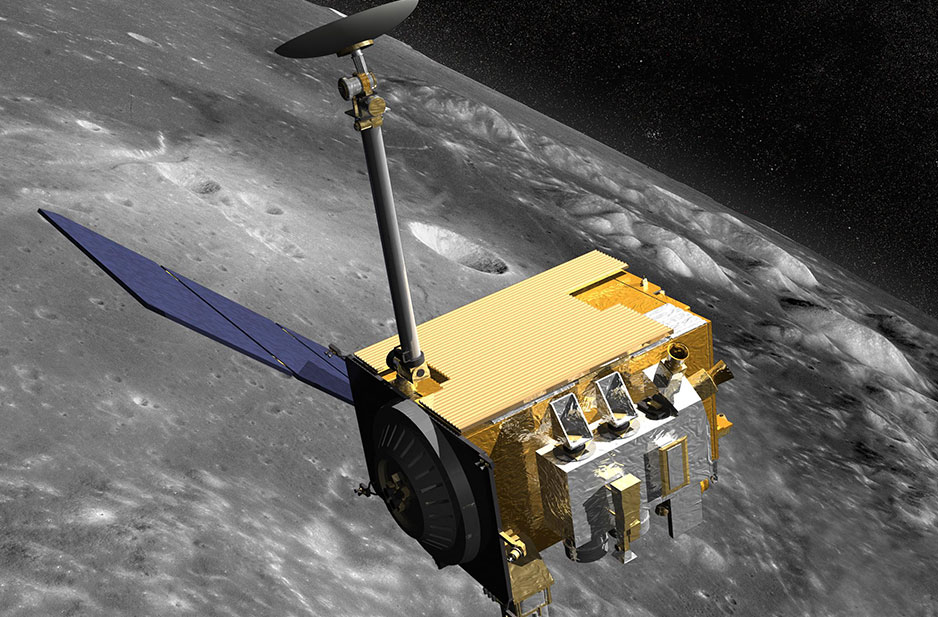Having initially lost contact the Vikram lander module from the Indian Moon mission was finally located on the lunar surface.
The Vikram lander of Chandrayaan-2 (Sanskrit for ‘Moon Vehicle) was due to land in the lunar South Pole region, but the space agency lost touch with it on Saturday as it made its final approach to deploy a rover to search for signs of water.
After a lengthy in-depth search, ISRO (Indian Space and Research Organisation) chair, K. Sivan, was quoted as saying that cameras from the Moon mission's orbiter had located the lander. He added that: “It must have been a hard landing.”
The lunar rover was supposed to help scientists better understand the origin and evolution of the Moon through studying the area's topography and minerals.
This was India's second mission – the first lunar mission in 2008 (Chandrayaan-1) did not land on the Moon, but it did detect ice in the frigid shadows of craters at the lunar poles.
A successful landing would have made India just the fourth country to land a vessel on the lunar surface, and only the third to operate a robotic rover there.
The space agency said the lander’s descent was normal until 2 kilometres (1.2 miles) from the lunar surface.
The roughly $140m Chandrayaan-2 mission was intended to study permanently shadowed moon craters that are thought to contain water deposits that were confirmed by the Chandrayaan-1 mission in 2008.

















